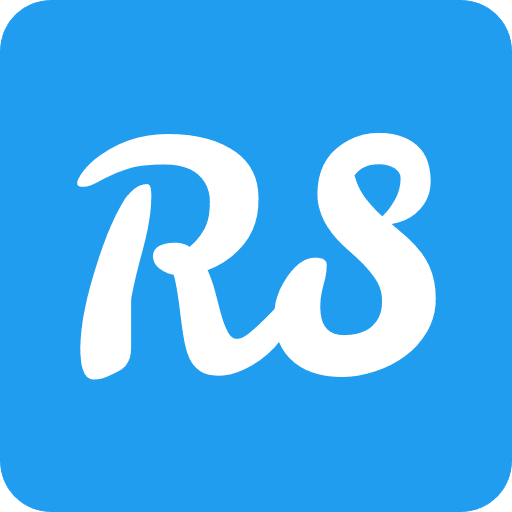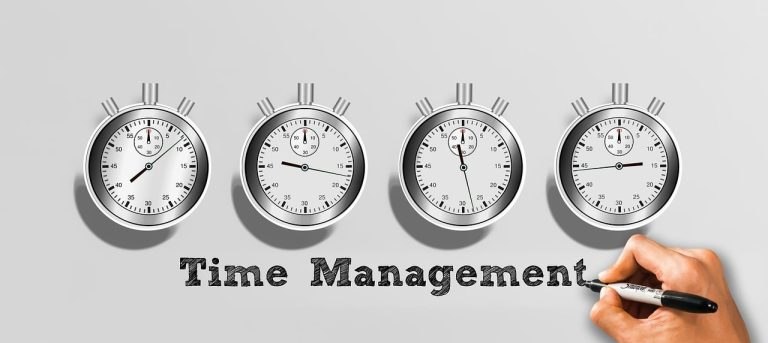I’m often surprised by how many people fail to see connections between seemingly unrelated situations. We tend to put things into separate boxes without reflecting on what they actually have in common. But when we practice linking experiences across fields and situations, it opens up new perspectives and better solutions.
Take how we view service professions, for example. A nurse and a support agent both have the task of helping people, yet we rarely describe them in the same way. While nurses are seen as caregivers, support agents are often reduced to functions – someone who’s “just doing their job.” But in reality, they both provide customer service: they listen, guide, and try to find the best solution for the person they’re helping.
When I pointed out this parallel in a discussion, I was met with resistance. Some argued that support agents have to tolerate frustration because they work with customers and are hired to solve problems. But why do we see a support agent as less valuable than a nurse? Both encounter people in vulnerable situations, both have to handle stress and high expectations, and both work to find solutions that help others move forward.
From Knowledge to Wisdom
Many people are good at learning facts, but fewer can connect the dots between them. The problem isn’t a lack of knowledge – it’s a lack of the ability to see how that knowledge fits together.
When we begin to see these kinds of connections, we’re also able to bridge gaps between different fields, experiences, and challenges. The image of “dots” being linked together illustrates how we move from raw knowledge to deep wisdom:
- Knowledge: We start with scattered facts or information – like unconnected dots.
- Experience: As we understand how the dots relate, we gain insight and experience-based knowledge.
- Creativity: Unexpected connections open doors to innovation, new ideas, and solutions.
- Wisdom: With a rich network of connections, we see the big picture and understand how everything is interconnected.

Interdisciplinary Learning – A Superpower in Daily Life
Seeing connections isn’t just about being smart – it’s about training your brain to think across disciplines. The best problem-solvers are those who can transfer experience from one area to another.
Some examples:
- A designer who understands psychology creates better user experiences.
- A leader who understands sales and customer service makes better strategic decisions.
- A customer service rep who thinks like a nurse meets people with more empathy.
- A support agent with a teaching mindset not only explains the solution but helps the user handle the problem next time.
- A product manager who understands psychology, sales, customer service, support, development, and strategy is someone you can’t afford to lose.
When you start seeing the connections, you gain a toolbox that helps you solve problems more efficiently, understand people better, and find new solutions where others only see obstacles.
Problem-Solving
When we see the whole picture, we avoid fixing just one piece of the problem. Instead, we create lasting solutions that consider multiple perspectives.
Empathy
We understand that many challenges – whether in health, tech support, or other areas – are about helping people. This makes it easier to meet others with respect.
Opportunities for Innovation
Cross-disciplinary thinking and the ability to spot patterns across fields often lead to groundbreaking ideas and products.
How to Train Yourself to See Connections
- Be curious: Ask questions and dig deeper than “how.” Ask “why?” and “what if?”
- Learn across fields: Read articles, take courses, or watch documentaries about topics you’re not familiar with.
- Reflect on your own and others’ experiences: Share stories with friends and colleagues, and try drawing parallels between different situations.
- Build and reinforce links: When you learn something new, think about how it might apply in other areas of your life.
A New Understanding of Context
Once you’ve practiced seeing connections over time, it becomes a natural part of how you think. You’ll notice that:
- New opportunities emerge because you see the bigger picture.
- You work more efficiently because you know which resources and experiences to combine.
- You develop more robust solutions by considering more perspectives and consequences.
Conclusion
Seeing connections is a powerful skill that can transform how we solve problems, communicate, and create new ideas. When you combine curiosity, broad learning, reflection, and creativity, you can move from scattered knowledge to deep wisdom.
This makes you better equipped to handle challenges – whether you’re a nurse, a support agent, or in a completely different role. It’s about understanding the bigger picture and using that understanding to make a positive difference.
The truth is, nurses, doctors, support agents, waiters, and taxi drivers all work in service industries and follow the same core principles. The difference is that those in healthcare have had more training in empathy and human interaction – and are therefore better at it.
This shows how we often overlook connections between professions and situations. Once we start seeing those links, it gives us a new perspective – not just on how we treat people in service roles, but also on how we value different responsibilities and roles. And perhaps most importantly: how we can learn to get better at our jobs.
But what is it that makes us see patterns and draw conclusions? Is it purely experience – or is it also about psychology? That’s something I explore further in the article about how experience and psychology are really two sides of the same coin.





